Gettyimages.com / Richard Drury
 By Ross Wilkers,
By Ross Wilkers,
Senior Staff Reporter
By Ross Wilkers
|
The Professional Services Council is urging companies to secure their cash flow and identify agency contacts as they get ready for an all too familiar funding crisis.
It is easy to lose count of how many times the government has shut down or come close to it over the past three decades because, well, it has happened so many times over that timeframe.
But for the record: the number of full shutdowns stands at four since 1995. A 35-day partial shutdown happened in December 2018 and January 2019.
Every federal fiscal year since 1996 has started with at least one continuing resolution with the exception of 1997. Between fiscal years 1995 and the current fiscal 2025, Congress has enacted 138 of these total stopgap funding measures at an average of roughly five per year.
Which unfortunately means that government contractors have plans to dust off in the event of a shutdown or a short-term bill to keep agencies open before the Tuesday midnight deadline. Everything that should be included in those to-do lists can be found in our article from last week here.
Here is another one for companies to do: call your bankers, lenders or other financial institution partners to have an honest conversation about current events.
Stephanie Kostro, president of the Professional Services Council, told reporters in a Monday briefing that the trade group representing GovCon companies encouraged members to talk with financial institutions about items like cash flow and lines of credit.
PSC held a briefing with members on Sept. 2 to tell companies to “make sure that you have sufficient cash to continue to pay your employees and to run your business,” Kostro said.
For GovCon companies, cash flow is everything as the business model and investment thesis is grounded upon having a reliable bill payer in the federal government. But that spigot is turned off when the government shuts down.
Some companies could have employees take their annual leave that has already been budgeted before furloughing them if it comes to that, Kostro said.
“But you do need to determine your cash flow requirements and how you will meet them,” she added.
It is important to point out that all shutdowns do end at some point, no matter how protracted they may seem and hopeless the situation can feel at times.
Kostro said agencies need anywhere between three and five days to recover from a shutdown.
The partial shutdown in 2018-19 lasted 35 days and took “three-to-five months to fully restart the engine of the government and get contractors back on schedule,” Kostro said.
Contractors typically have a 30-day window after a shutdown ends to apply for cost recovery. Agencies also typically issue guidance for contractors on that process when a shutdown ends.
“As you document time during the shutdown, contractors need to make sure that they have documents in order, and to submit for reimbursement promptly after a shutdown ends,” Kostro said.
One wildcard for contractors to navigate all throughout the course of 2025 have been the workforce reductions at federal agencies, whether they be via the deferred resignation plan or layoffs of employees.
The White House told agencies on Wednesday they should implement mass layoffs of their workforces in the event of a shutdown. Such a move would affect employees whose work is not funded through means other than annual appropriations and does not align with President Trump’s priorities.
“That does create an additional pressure for contracting companies to find folks who can answer those phones, who can answer those emails, who can give them access to facilities,” Kostro said.
In that Sept. 2 briefing to members, PSC leadership said companies need to find out who inside government will be available on Oct. 1 (Wednesday) regardless of where the funding situation stands.
Sending invoices and getting them approved for payment is only one facet of those communications between agencies and contractors. Kostro said who inside government will be there to answer questions and send or receive deliverables is an open question PSC is watching for answers on.
